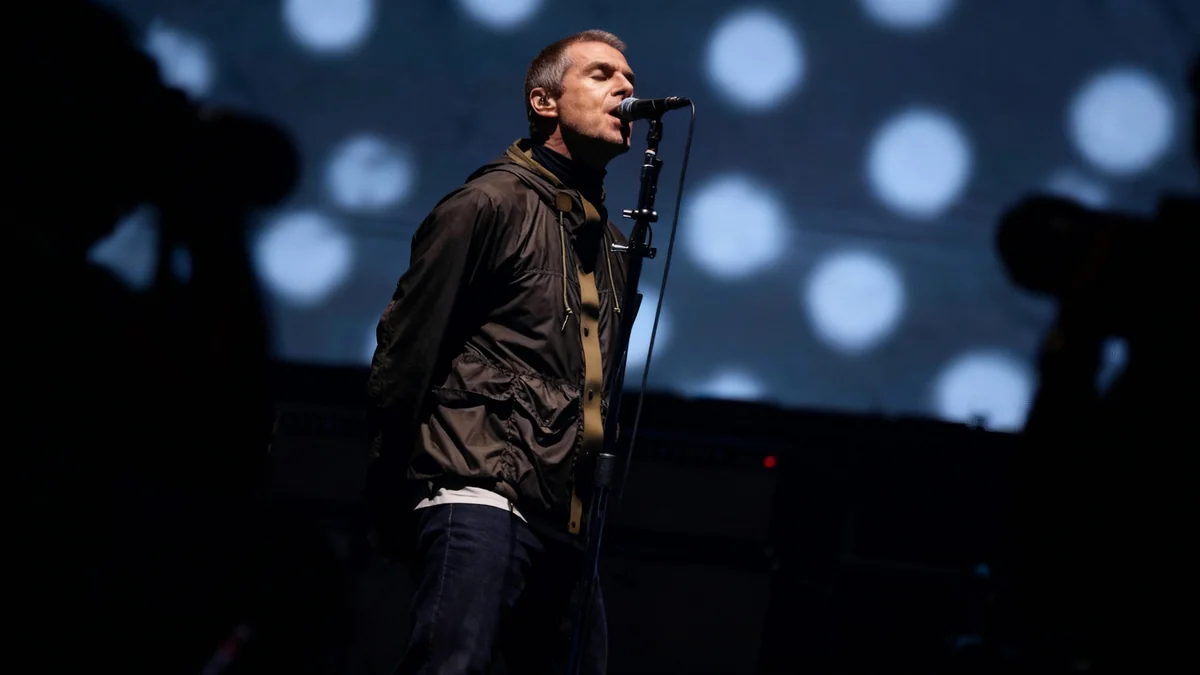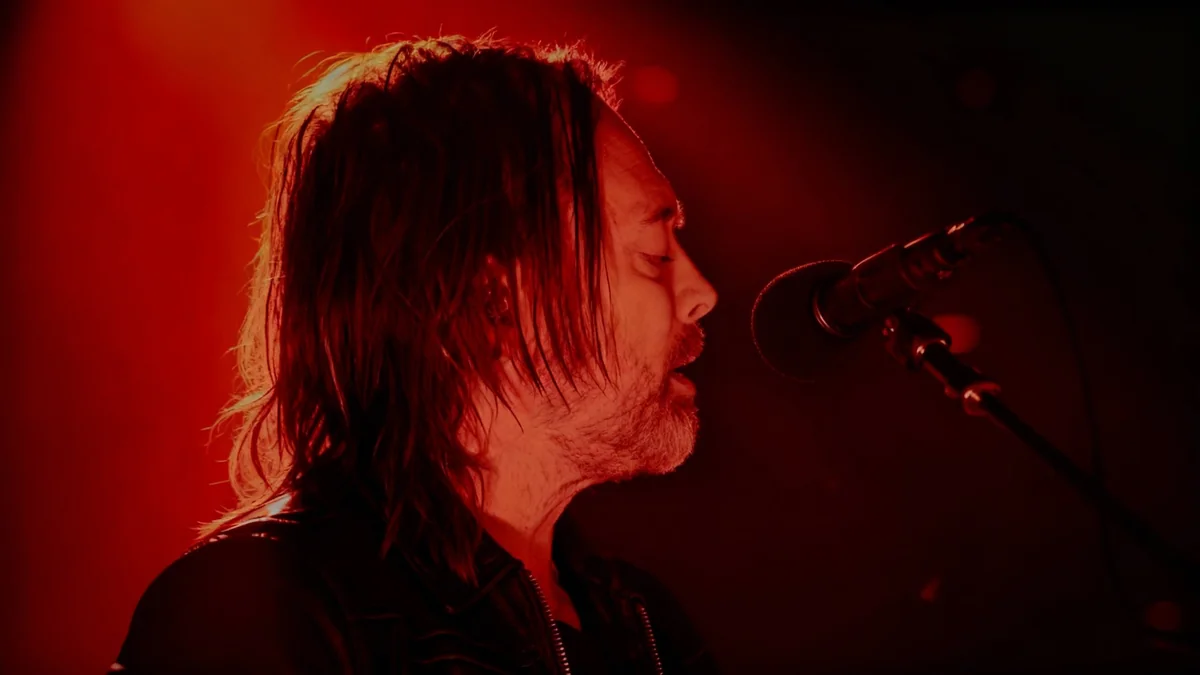The classic song "Twist and Shout" experienced a notable resurgence on the music charts in 1986. This unexpected return came 25 years after its initial recording and was directly linked to its prominent feature in the popular film Ferris Bueller’s Day Off. The movie introduced the iconic track to a new generation of listeners, demonstrating the lasting impact of both cinema and music.
Key Takeaways
- "Twist and Shout" re-entered the Billboard Hot 100 in 1986.
- The song's return was driven by its inclusion in Ferris Bueller’s Day Off.
- The Beatles' 1964 version reached number 2 on the singles chart.
- John Lennon reportedly disliked his vocal performance on the track.
- The parade scene in the film became instantly recognizable.
The Song's Journey to Fame
The history of "Twist and Shout" began in February 1961. Songwriters Phil Medley and Bert Berns created the track. The R&B vocal group The Top Notes first recorded it. However, their version did not achieve commercial success on the charts.
A year later, in 1962, The Isley Brothers released their rendition. This version included the distinctive bridge that listeners recognize today. It quickly became a significant hit, establishing the song's place in popular music.
Song History Fact
"Twist and Shout" was written by Phil Medley and Bert Berns. It was first recorded by The Top Notes in 1961 before The Isley Brothers popularized it in 1962.
By 1964, The Beatles recorded their version. They completed the recording in a single take. This version quickly climbed to number 2 on Billboard’s singles chart, cementing its status as a rock and roll anthem. The raw energy of their performance captivated audiences worldwide.
"That was so crazy. Because we would do the dance and then we’d get in a van and they’d drive us blocks away, and the camera would go, and then we’d do the dance again and wait for Matthew to pass," actress Mia Sara recalled.
Ferris Bueller's Impact on the Charts
On this day in 1986, "Twist and Shout" made an unexpected return to the music charts. This resurgence was directly caused by its prominent feature in the John Hughes film Ferris Bueller’s Day Off. The film, released that year, became a cultural phenomenon.
The movie stars Matthew Broderick as Ferris Bueller, a high school senior who masterfully skips school. One of the film's most memorable moments involves Ferris commandeering a float during Chicago's Von Steuben Day parade. He then lip-syncs to two songs, including "Danke Schoen" and, most famously, "Twist and Shout."
Film Context
Ferris Bueller’s Day Off is a 1986 comedy directed by John Hughes. It follows a charismatic high school student's day off from school. The film is known for its iconic scenes and popular soundtrack.
The parade sequence became an instant classic. Actress Mia Sara, who played Ferris’ girlfriend Sloane Peterson, spoke about filming this scene in a June 2025 interview with People magazine. She described the chaotic yet exciting process of repeatedly performing the dance for different camera angles.
This scene propelled The Beatles' version of "Twist and Shout" back onto the Billboard Hot 100. It reached number 23, marking the band's second charted single of the 1980s. This achievement was significant, especially since the band had ceased recording together many years prior.
John Lennon's View on His Performance
Despite the song's massive success and cultural impact, John Lennon, The Beatles' lead vocalist, was reportedly not fond of his vocal performance on "Twist and Shout." Lennon passed away six years before the film's release, at the age of 40.
He once commented on his singing, stating, "because I could sing better than that, but now it doesn’t bother me. You can hear that I’m just a frantic guy doing his best." This quote offers insight into his self-critical nature and the raw energy he poured into the recording.
Recording Detail
The Beatles recorded "Twist and Shout" in a single take. This spontaneous recording session is often referred to as "the most famous single take in rock history."
The band attempted a second take, but Lennon's voice was exhausted. He had pushed his vocals to their limit during the initial recording. This meant the first, energetic take became the final version heard by millions. The song's enduring popularity, despite Lennon's personal reservations, highlights its powerful appeal.
The Enduring Legacy of a Song and a Scene
The renewed popularity of "Twist and Shout" in 1986 demonstrated how film can revive older music. It introduced The Beatles' energetic performance to a new generation of fans. The song's infectious rhythm and the memorable parade scene created a lasting cultural moment.
The film's impact was not limited to music charts. It solidified Ferris Bueller’s Day Off as a classic teen comedy. The movie's blend of humor, rebellion, and iconic music continues to resonate with audiences decades later. This combination ensured both the film and the song remained relevant.
- 1961: The Top Notes record the original version.
- 1962: The Isley Brothers release their popular rendition.
- 1964: The Beatles record their iconic one-take version, reaching number 2.
- 1986: Ferris Bueller’s Day Off features the song prominently.
- 1986: "Twist and Shout" re-enters the Billboard Hot 100, peaking at number 23.
The story of "Twist and Shout" is a testament to the power of artistic collaboration and unexpected opportunities. From its initial recording to its cinematic revival, the song has maintained its ability to captivate and entertain across different eras. Its journey shows how art can find new life through various media.




